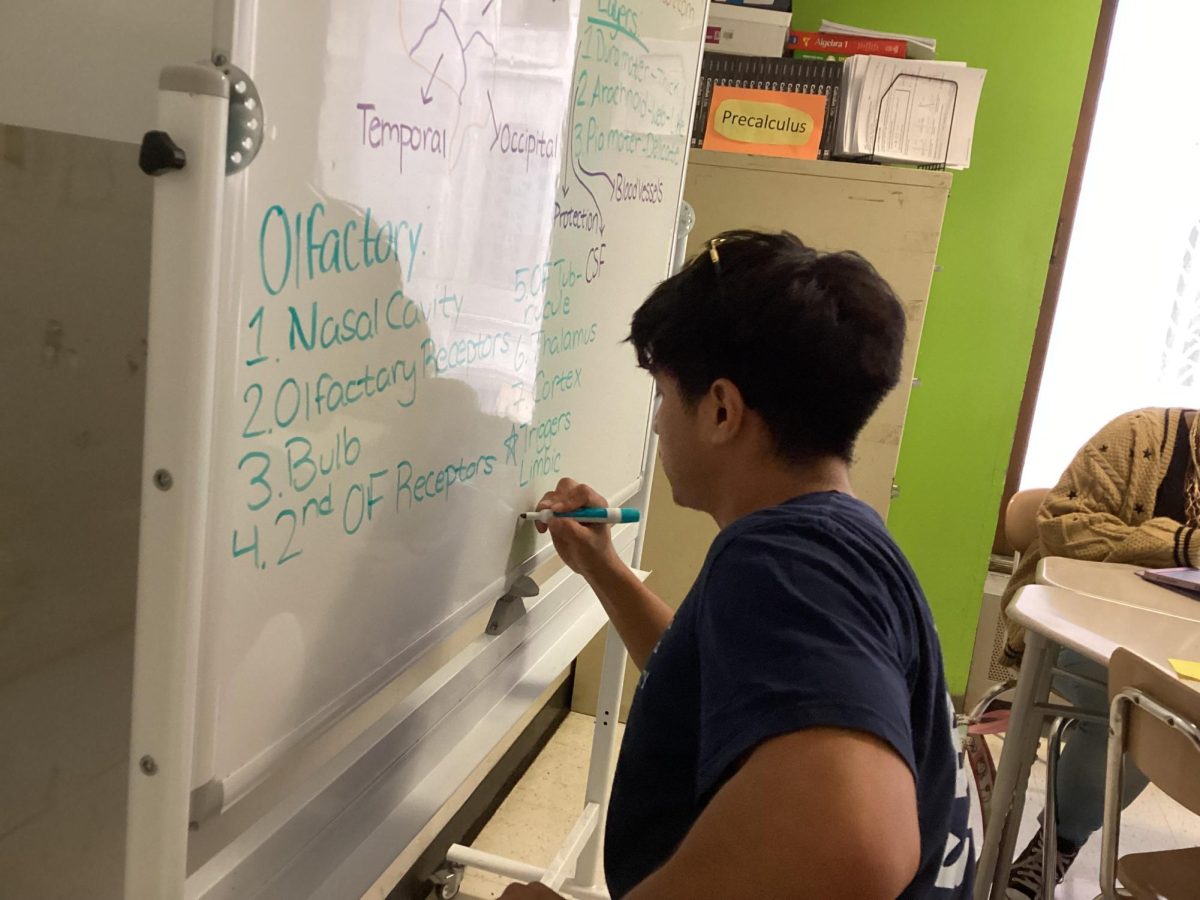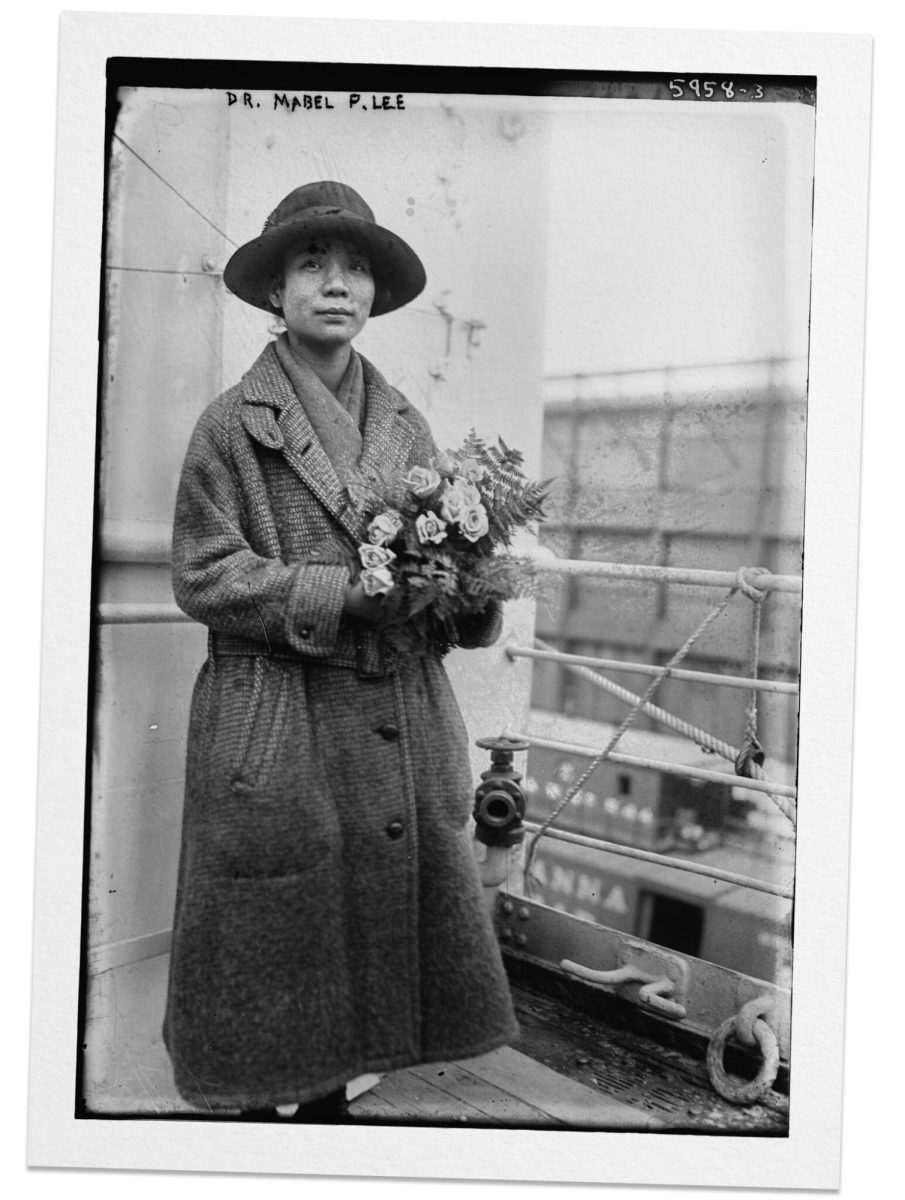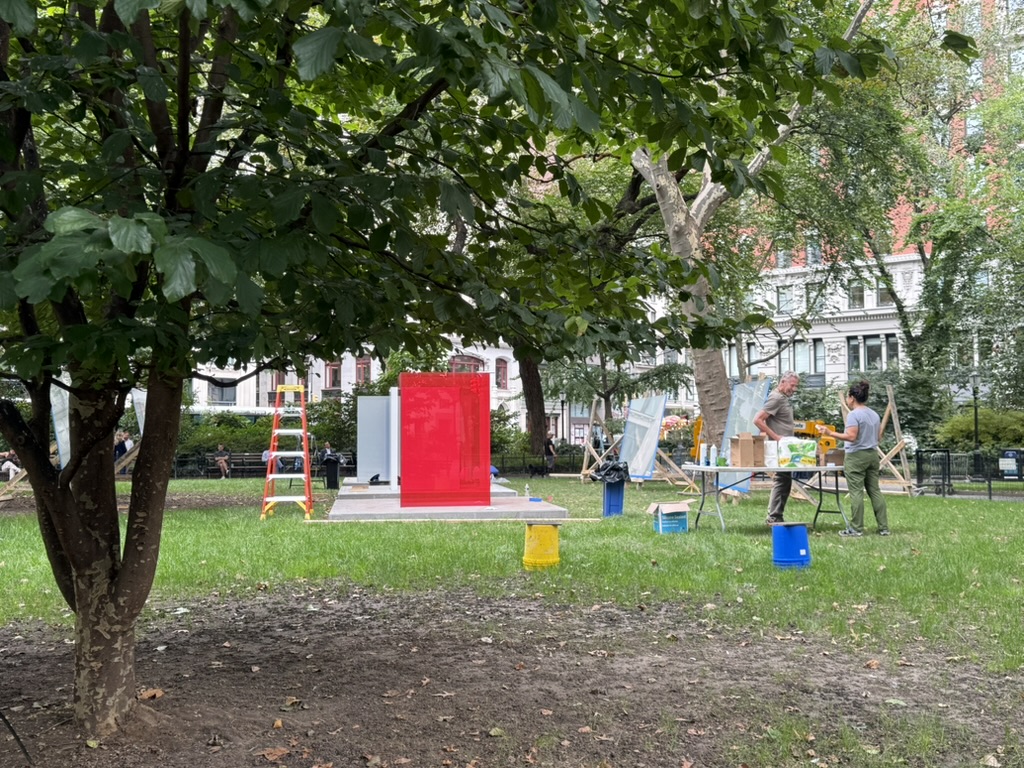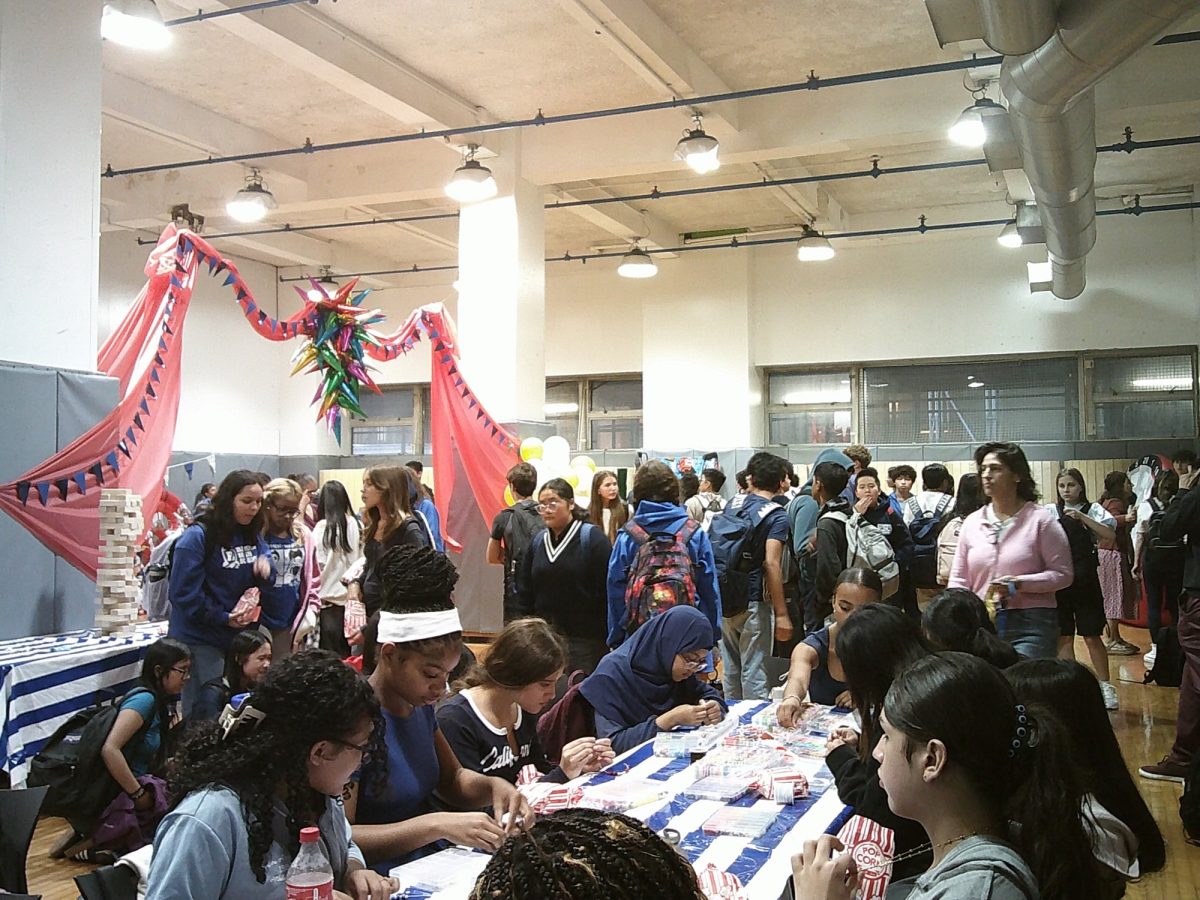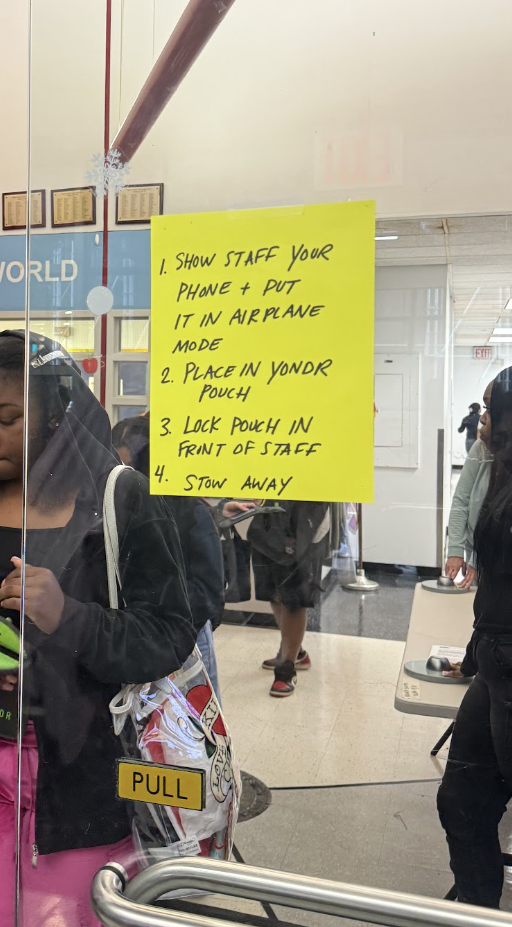A single fare can go a long way in the Metropolitan Transit Authority (MTA). A seemingly harmless jump over the subway turnstiles can have drastic consequences for New York City.
According to Janno Lieber, CEO and chairman of MTA, fare evasions have many negative consequences for both the evader and the MTA team. But with the Fair Fares, Reduced Fares programs and new OMNY system, Lieber hopes fare evasions will curtail.
From harming the MTA’s economy to damaging the subway environment, fare evasion has more impact than many believe.
“The MTA suffers a level of fare evasion which is catastrophic to our city, to the MTA economically and more important, to the morale of New Yorkers,” Lieber said.
Many of the MTA systems and employees rely partly on the money that comes from subway fares, so fare evasion causes a decrease of income for the MTA.
“Nobody can say ‘the rules don’t apply to me’ because otherwise, how are we going to pay the people who run the system?” Lieber said. “70,000 people work for the MTA, and I can’t pay them if everybody says ‘I’m more important.’”
Fare evasions “also contribute to the sense that [New York] is a lawless place,” said Lieber, which adds to the feeling of an unsafe environment and encourages more fare evasions.
“When people who are trying to play by the rules see 10 people go in through the exit gate, they say, ‘why am I the sucker to pay?’” Lieber said. “New York depends on everybody sharing the public space and playing by the same rules and respecting each other.”
To counter fare evasions, Lieber said there’s been an increase of NYPD officers in the subway stations. Additionally, there have been gate guards in place to prevent fare evasions through the emergency exit door.
There have also been talks of potential for a billion dollars for new “modern turnstiles which are full height, like glass panels” to prevent hopping over and ducking under the old turnstyles, according to Lieber.
These methods have appeared to be effective. As of the first quarter of 2025, 9.8% of subway riders evade the fare, according to MTA metrics, which was a decline from the all-time high of 14% of subway riders from the second quarter of 2024.
The new OMNY system gives students free subway rides four times a day, 24 hours a day, including the weekends. Lieber said he hopes these benefits would help reduce fare evasion among students.
“The transition to OMNY is all about making fare payment easier–reducing fare evasion,” Lieber said.
In addition, the Fair Fares program gives reduced fares to individuals that meet a certain requirement. Along with a 50% discount on subway and eligible bus fares, there are a variety of other benefits for those that qualify and enroll, according to NYC.gov.
Despite Fair Fares being a state program, the MTA continues to support it.
“We have advocated year after year for the city of New York to raise the eligibility threshold to make more people eligible,” Lieber said. “We [also] push the city to go out and market.”
According to NYC.gov, “364,157 New Yorkers have enrolled in Fair Fares NYC,” but that is only around half of all those eligible, according to Lieber. Therefore, Lieber says the MTA continues to encourage those eligible to enroll.
“You see on our digital screens advocacy for signing…we’re [also] signing people up ourselves now at all of our customer service centers–we have 15 around the city,” Lieber said. “Because we want them to get the benefit [of Fair Fares], we go out and try to sell it ourselves.”
Similarly, the Reduced Fares program gives seniors with qualifying disabilities discounts on fare prices, again, as an attempt to give more accessibility to riders and overall reduce the need to evade the fare.
Lieber inevitably wants to help many be able to afford fares as a way to prevent fare evasions.
“I think our worldview is similar to yours–more people should be signed up,” Lieber said. “Eligibility should be loosened and we’d like to see more people eligible for half [off the fares].”
These programs help make fare payment easier, which Lieber hopes will be a way to discourage fare evasion.
“We need to create an environment that feels safe,” Lieber said. “And [stopping] fare evasion is part of that.”



